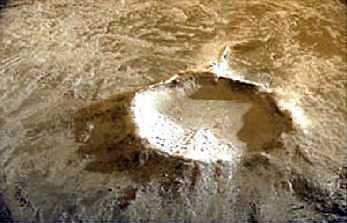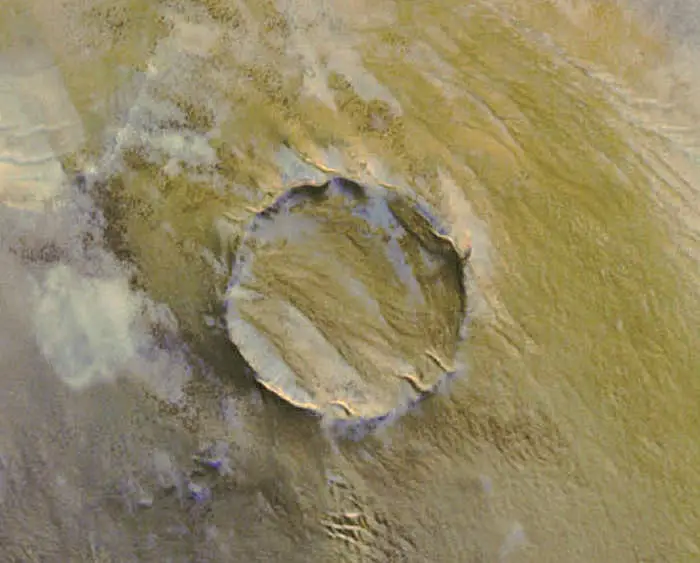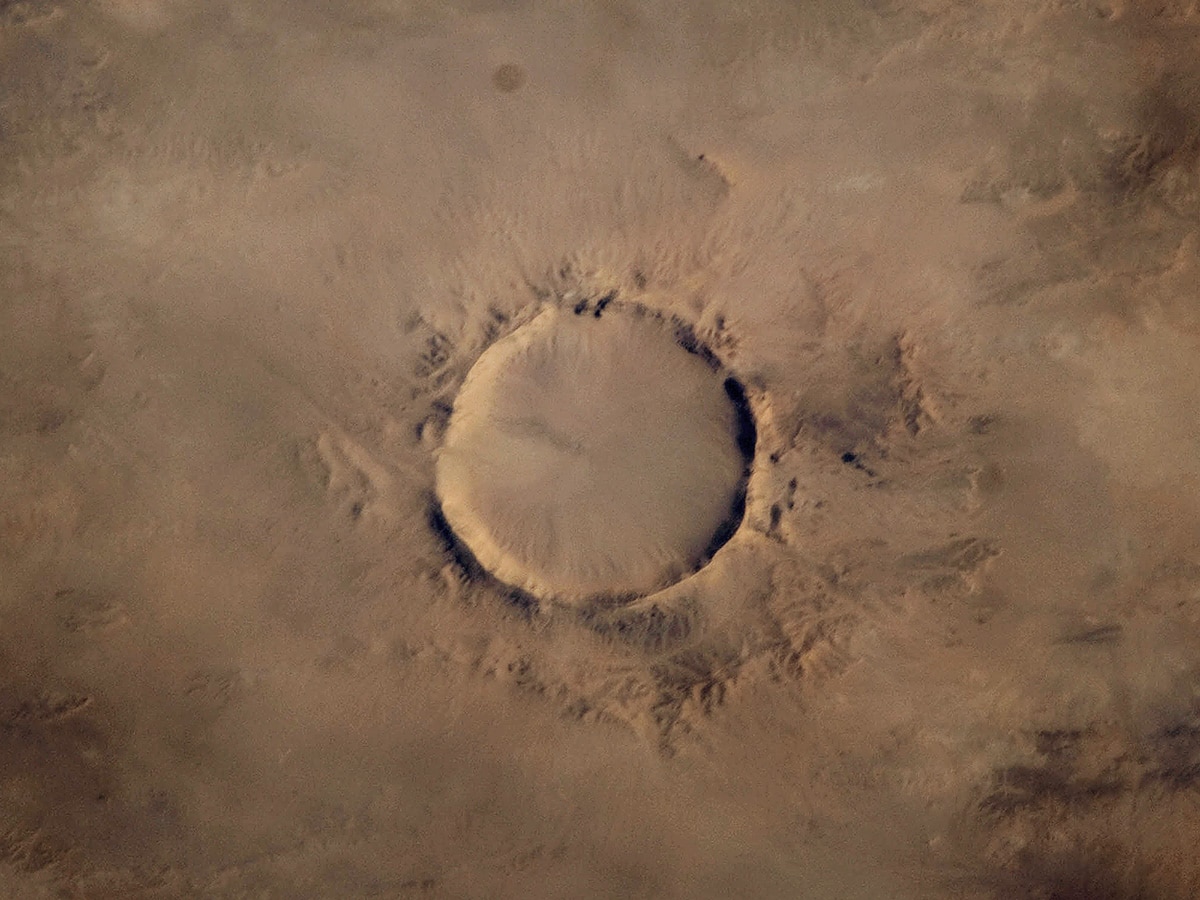Wondermondo 🢖 Lists and articles 🢖 10 most impressive meteorite craters of the world
Publication
10 most impressive meteorite craters of the world
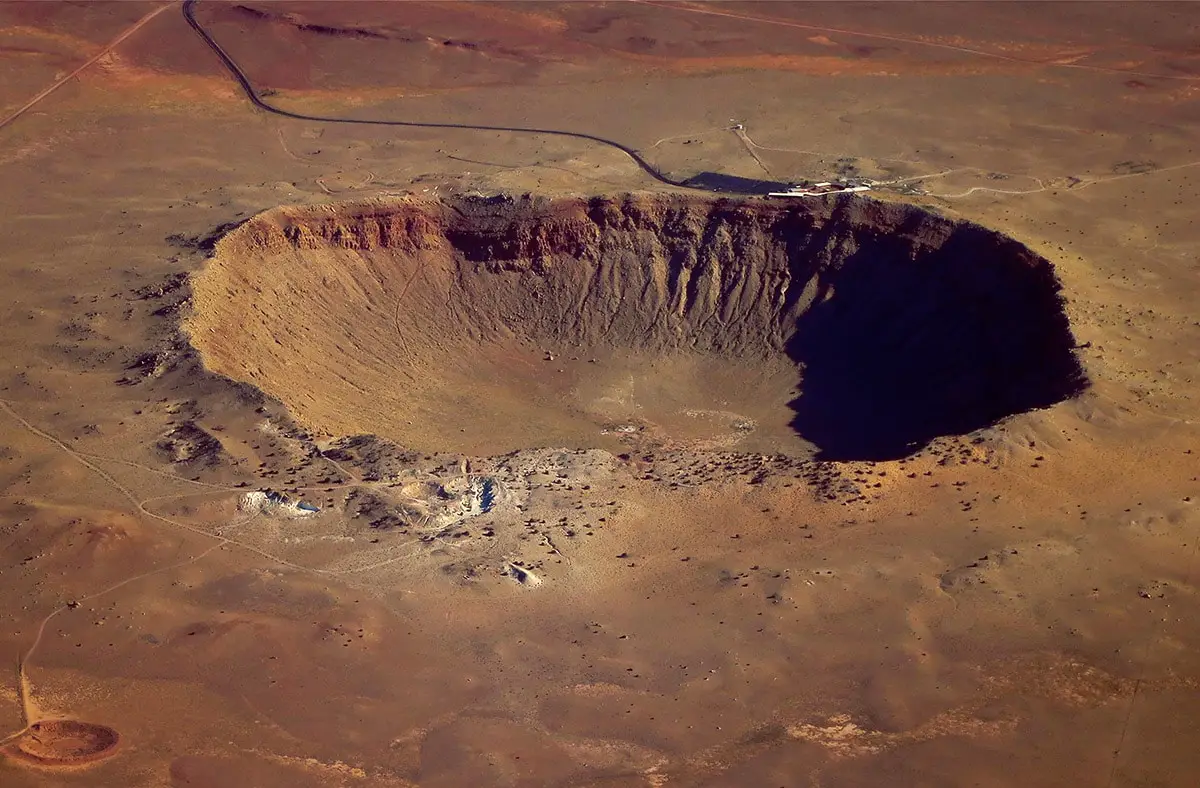
 In short
In short
This is a list of 10 most impressive meteorite craters on Earth. All of these are visible craters that are not covered with sediments, not too eroded and still deep enough to look like craters.
Map of the sites
If you see this after your page is loaded completely, leafletJS files are missing.
 In detail
In detail
Bombardment of the “uninhabited” Earth
There is a constant reminder of how fragile is our existence – impact craters. We tend to forget that Earth is not an isolated fortress – it is part of the endless space. In space happen many things and collisions between objects here are very common.
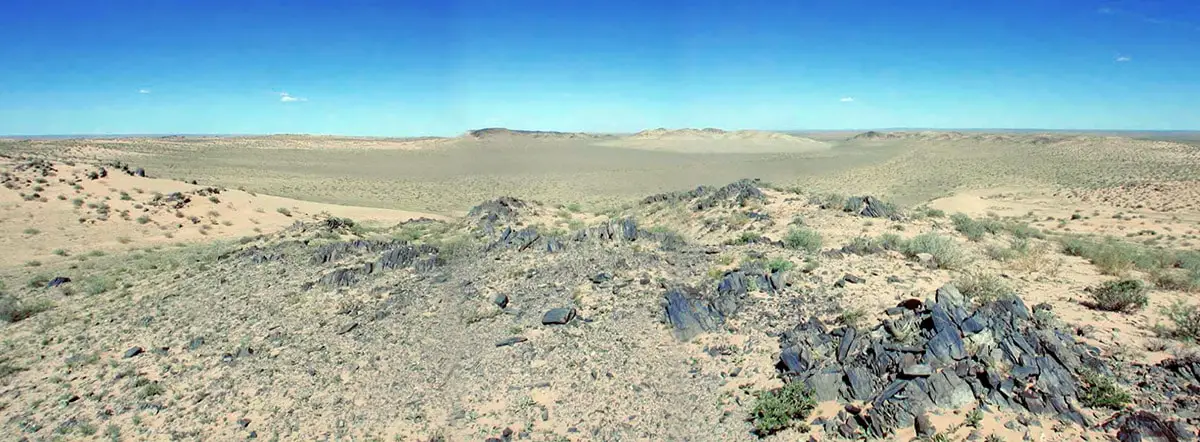
Earth is constantly bombed from space: every 6 – 30 minutes a smaller meteorite falls on Earth. We don’t see and know the vast majority of these cases because Earth is… very sparsely populated! Judge yourselves:
- Some 69% of Earth is taken by the ocean. Of course, not too many people are there. Thus remains dry land – 31% of Earth’s surface.
- 6% of this dry land is taken by ice sheets and glaciers – like Antarctica. Not too many people there either. Remain 25%.
- 6% is taken by deserts and similar drylands. Remain 19%.
- Some 9% are taken by harsh cliffs and mountains. Remain 10%.
- Much of the remaining 10% is not that densely inhabited either – remember about rainforests, taiga, northern lands…
Thus a smaller meteorite, which "decides" to fall on Earth, most likely will do this unnoticed. Maybe someone will notice a “falling star” but he will not have any possibility to dive into the ocean or walk across the desert to look whether something has fallen on the ground.
Meteorite craters
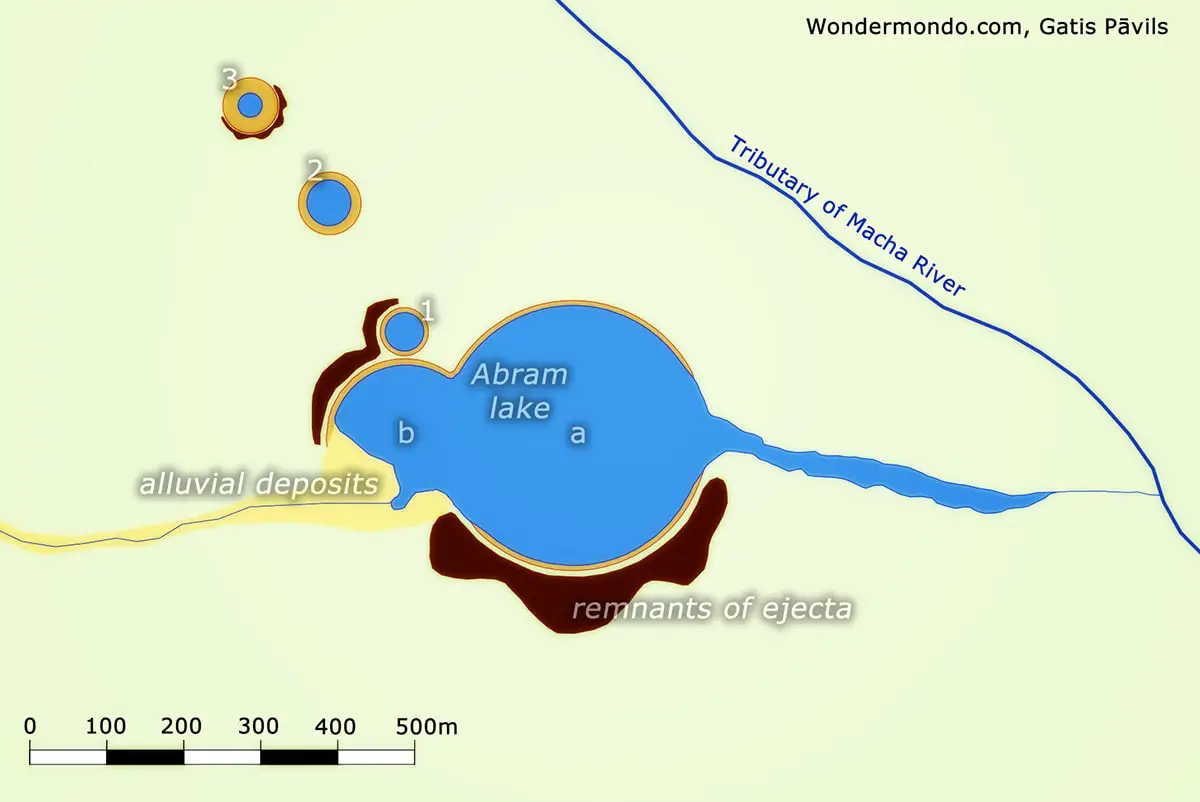
If a larger meteorite falls on Earth, it is much harder not to notice it. Large meteorites fall with a bright flash, thundering noise, and leave a trail in the atmosphere. If they hit the ground, the kinetic energy (they fall with a speed of several kilometers per second at least) creates a spectacular explosion and leaves a crater.
Somewhat smaller craters have simpler structure – bowl-shaped, with fractured rocks below and a rim of the upturned and disturbed ground around. But, if the impact is more powerful, a complex crater forms, which has an elevated middle part (the explosion has removed the landmass and a new intrusion comes from below) and concentric rings around the crater.
Research shows that life on Earth is very persistent – when large impact crater forms, large areas of the globe turn into a true hell, but life returns soon afterward. But in some cases, the catastrophes just are too harsh and life needs many millions of years to recover. The last huge cataclysm took place 66 million years ago when Earth was hit by at least 10 km large bolide, and, possibly, several more large meteorites.
As a result formed Chicxulub crater (now in Mexico, almost totally buried) and died out many life forms – including non-avian dinosaurs.
Such events can happen again every minute – in fact, they WILL happen, sooner or later.
How many meteorite craters are on Earth?
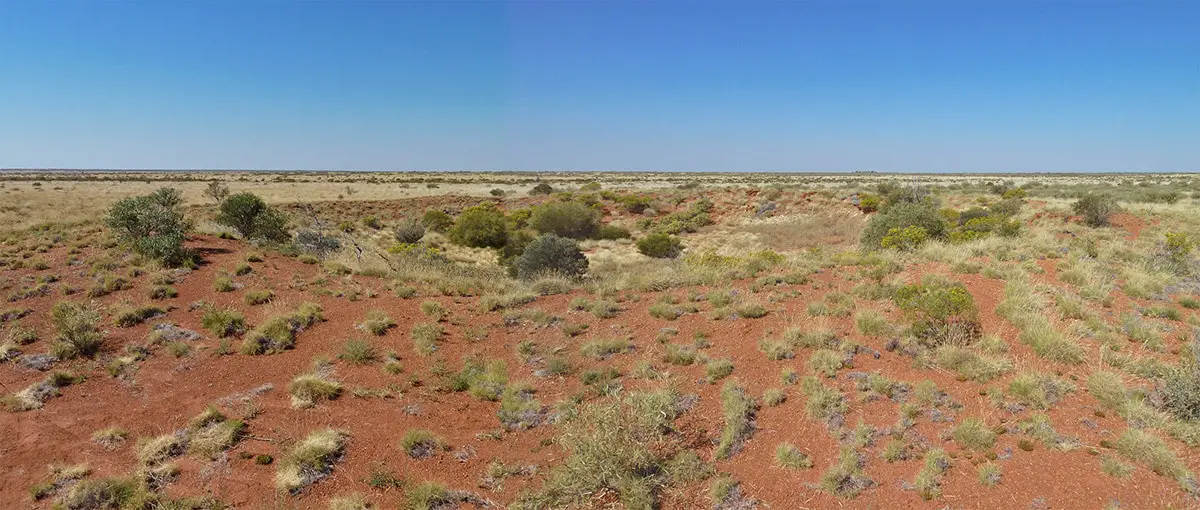
Only a century ago the recognition of meteorite impact craters on Earth started. Meteoritics, as a science started to develop in the late 1950s, and discoveries of meteorite craters, continue up to this day. Specialists consider that we know a rather small part of the total number of meteorites. Most of such impact craters have eroded and covered with later sediments, leaving no visible traces.
Many geological structures are similar to impact craters – but impact origin has not been proved. Such "undecided" structures are quite common nowadays.
Currently (February 2013) there are confirmed 191 impact structures on Earth – but it is estimated that there should be several times more.
It is important to note that new meteorite craters are found also with the help of the application “Google Earth”. In such a way have been found such beautiful impact craters as Kamil crater in Egypt and a possible impact structure – Hickman crater in Australia. From time to time new craters form as well – such as Carancas impact crater in Peru, which formed in 2007.
Some world records
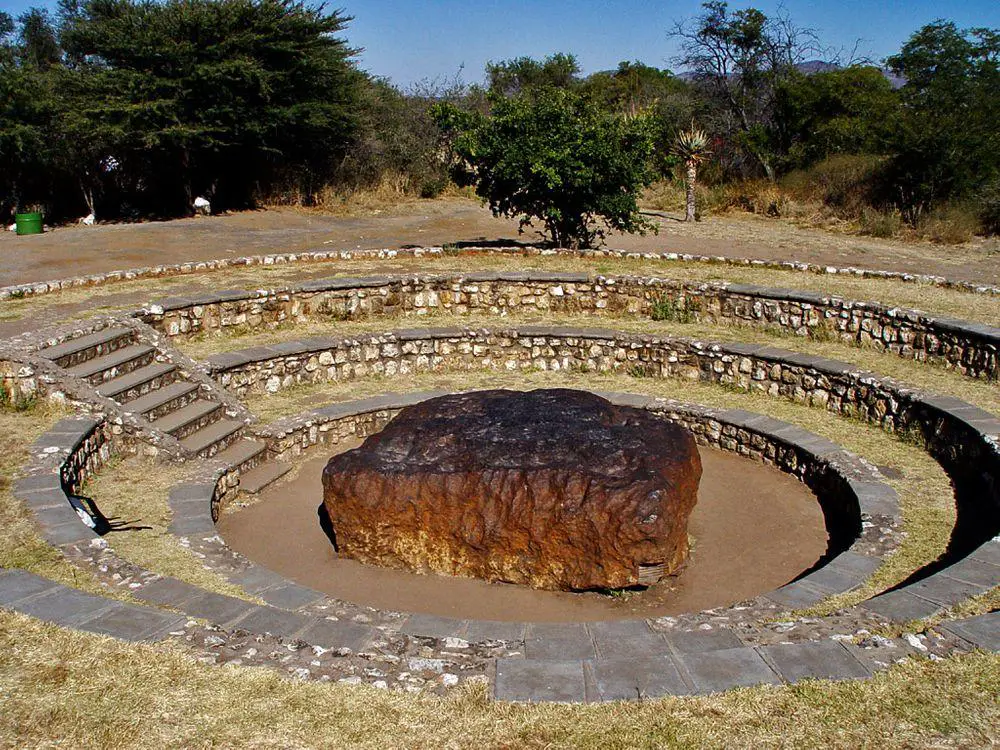
- Largest known impact crater: Vredefort impact structure in South Africa, Free State. The estimated diameter of this crater is 160 km.
- The smallest impact craters are not measured – such small "holes" are short-lived. One of smallest recent craters could be the 6 m wide Kunya-Urgench impact crater (Turkmenistan), which was created on June 20, 1998, by an approximately 1-tonne heavy meteorite.
- The deepest impact crater (presently visible depth, without the depth of sediments) could be the 500 m deep Logancha astrobleme in Russia, it is 20 km wide. The 400 m deep Pingualuit crater (Canada) is mostly filled with 267 m deep lake – this could be the deepest lake in impact crater.
- The oldest known impact crater could be the 100 km wide Maniitsoq impact structure in the western part of Greenland, whose age is estimated to be 3.001 billion years. This impact crater is not confirmed yet. The oldest confirmed crater is the Suavjärvi impact structure in Russia, Karelia, approximately 2.4 billion years old.
- The youngest impact crater on Earth is Carancas impact crater in Peru – this 13.5 m wide crater formed in the 15th September 2007. The largest impact crater in modern times (last centuries) could be Wabar craters (Saudi Arabia) – the largest crater is 116 m wide. Most likely these craters formed in September 1704.
- The largest known meteorite – Hoba meteorite (Namibia) – was 66 tonnes heavy in the 1920ies, when it was found. This 2.7 by 2.7 m large iron meteorite managed to fall on Earth without creating a large impact crater.
Other articles about meteorite craters
 List of 10 most impressive meteorite craters of the world
List of 10 most impressive meteorite craters of the world
01
Meteor crater (Barringer crater)
 67.7%
67.7%
United States, Arizona
Age: ˜ 49 000 years
Diameter: 1 180 m
Visible depth: 170 m
The tale of Meteor crater (Barringer crater) is tale about success – hard won success of scientific thought through great offering, effort and mistakes.
This is one of the best preserved meteorite craters on Earth, truly unique place where one can learn, what happens when Earth is bombarded by a meteorite.
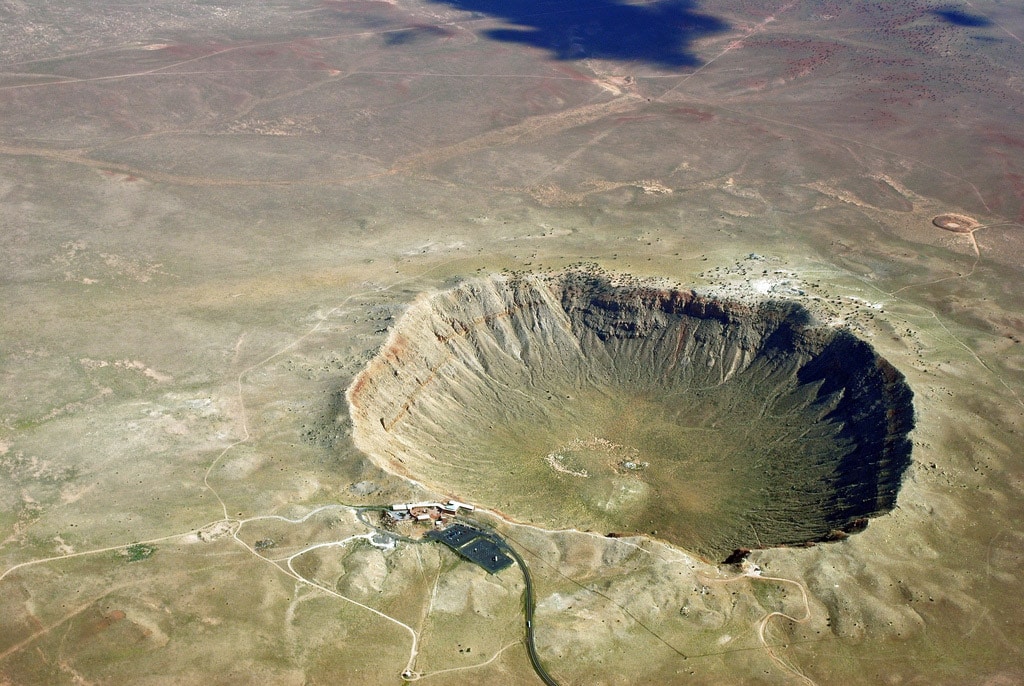
02
Pingualuit crater
 56.8%
56.8%
Canada, Quebec
Age: ˜ 140 million years
Diameter: 1 180 m
Visible depth: 400 m (including the lake depth)
Ungava Peninsula has a true natural wonder – Pingualuit crater. This is one of most impressive meteorite craters on Earth, possibly – the most impressive one.
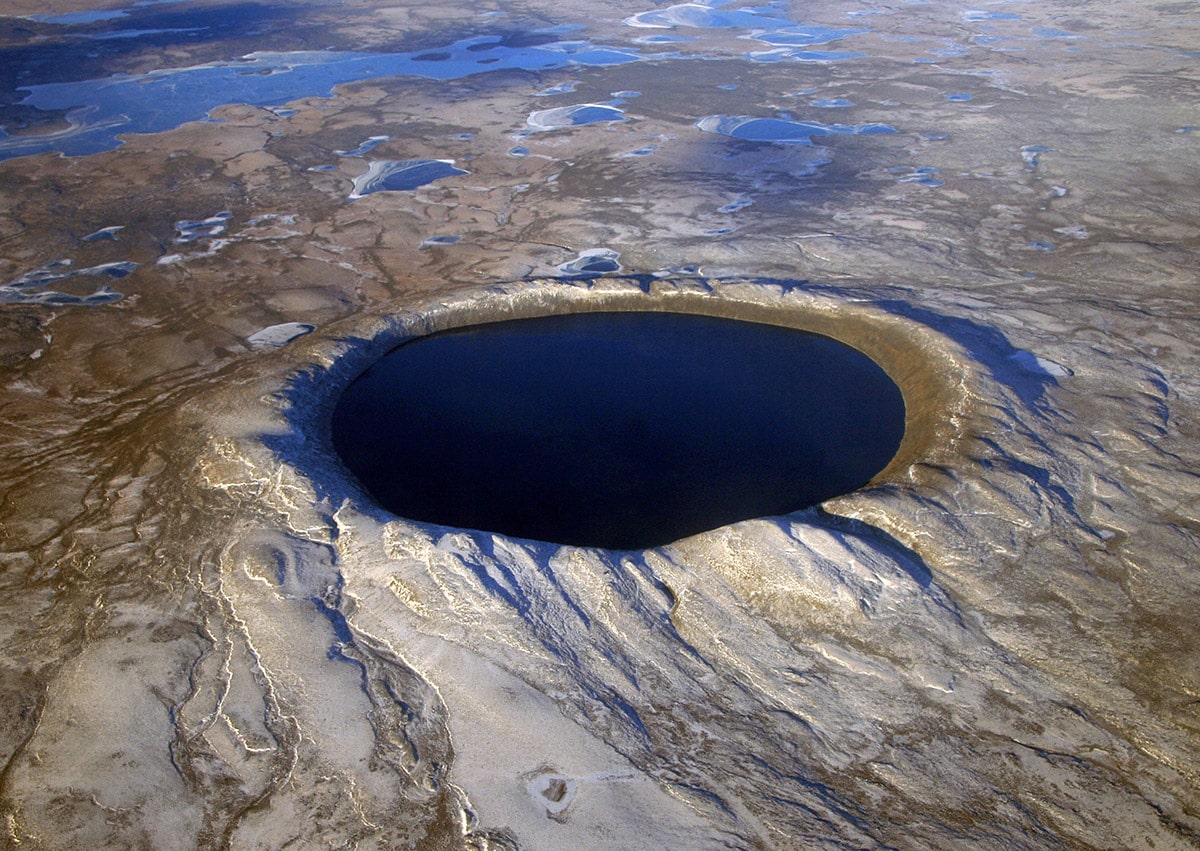
03
Lonar crater
 49.5%
49.5%
India, Maharashtra
Age: ˜ 570 000 years
Diameter: 1 800 m
Visible depth: nearly 150 m (including the lake depth)
Lonar crater is a unique impact structure – the only large impact crater in basalt on Earth with an unusual soda lake in it.
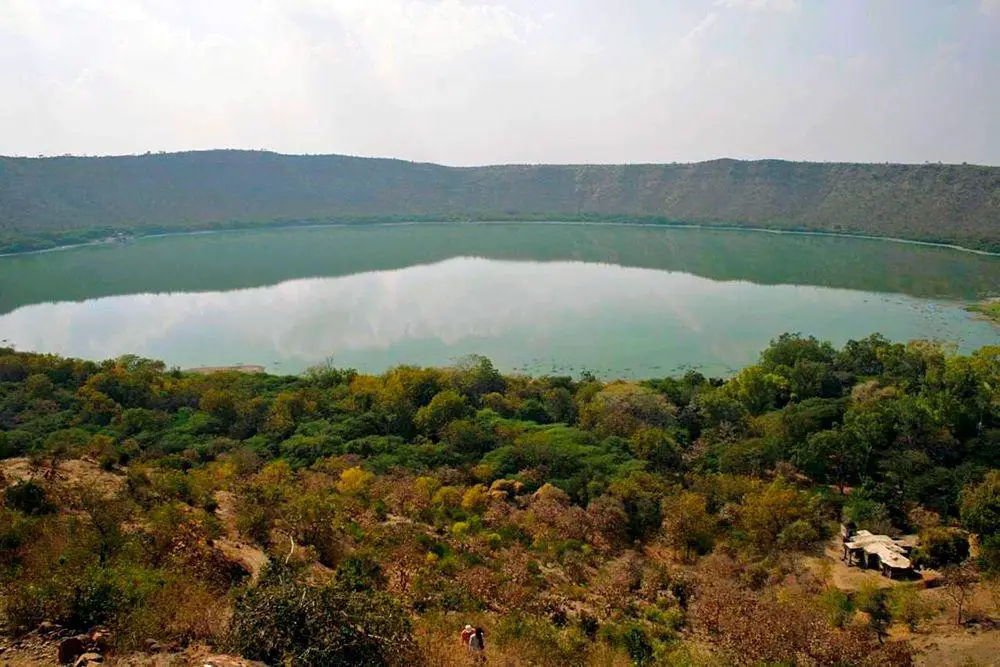
04
Amguid crater
 47.5%
47.5%
Algeria, Tamanghasset province
Age: ˜ 100 000 years
Diameter: 500 – 530 m
Visible depth: 65 m
One of the best-preserved meteorite craters on Earth – Amguid crater in Algeria – is also one of the hardest to access. Some travelers report that this crater has been visited much less than the summit of Everest, at least in modern times.
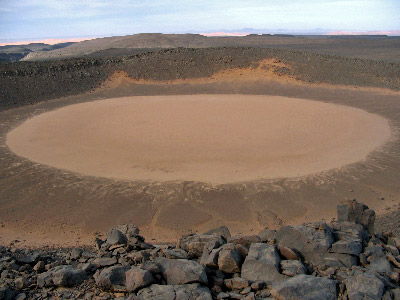
05
Tswaing crater
 47.5%
47.5%
South Africa, Gauteng
Age: ˜ 220 000 years
Diameter: 1 130 m
Visible depth: 119 m
People have been living at Tswaing crater for more than 100,000 years but only in 1990, it was proved that this is an impact crater.
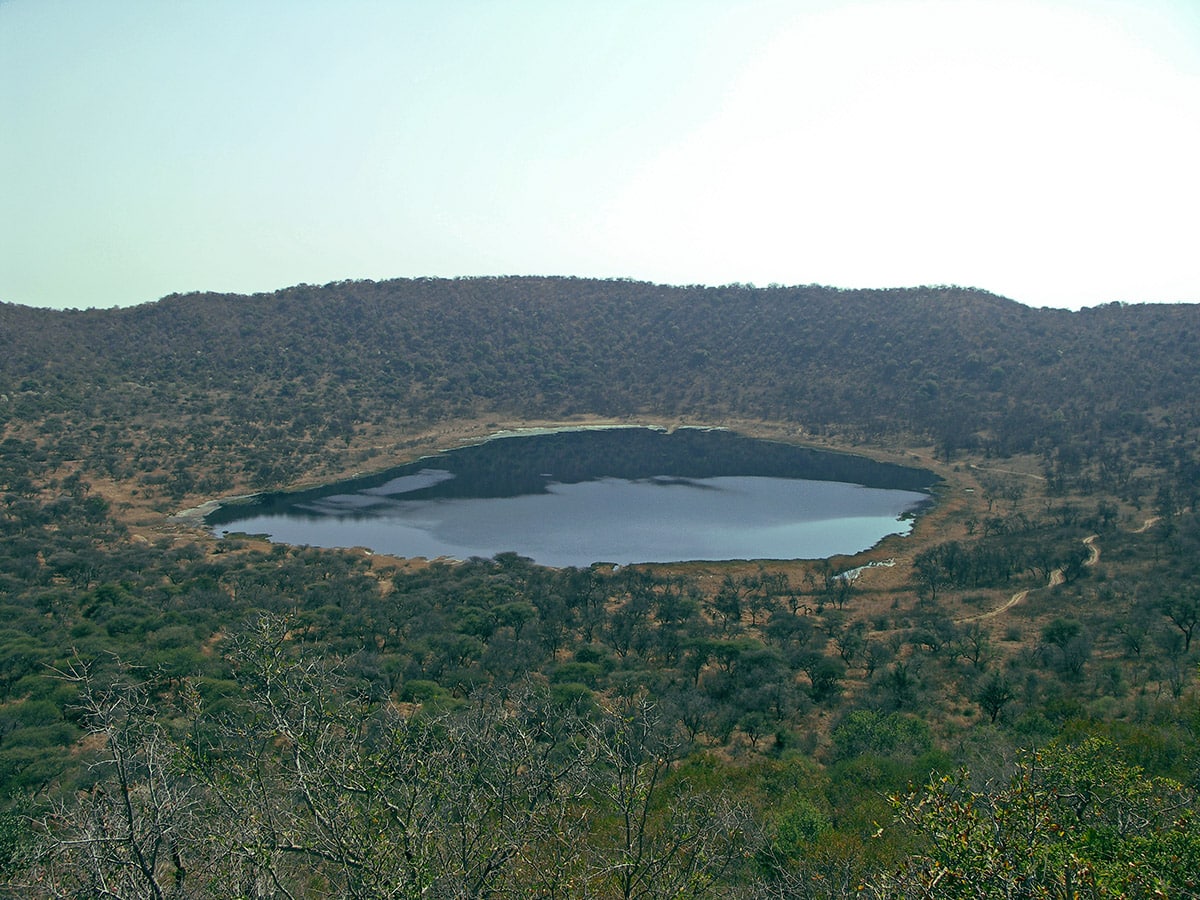
06
Wolfe Creek crater
 47.0%
47.0%
Australia, Western Australia
Age: ˜ 300 000 years
Diameter: 880 m
Visible depth: 60 m
This crater – Kandimalal – was well known to the local Djaru people and is the centerpiece of several local legends. Local people even considered that it has been created by a fallen star, the legend seems to tell a story about a real meteorite impact!
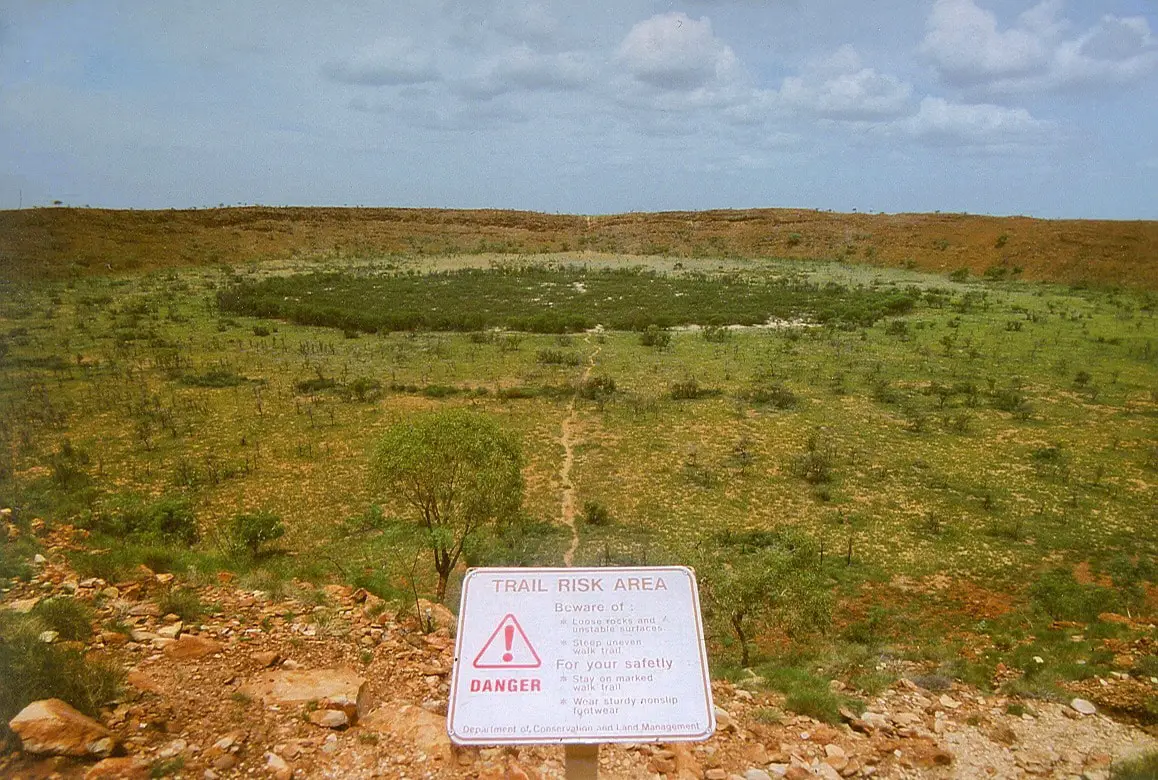
07
Kaali crater
 46.6%
46.6%
Estonia, Saaremaa
Age: ˜ 4 000 – 7 600 years
Diameter: 110 m
Visible depth: 23 m (including lake depth)
One of the most recent meteorite craters on Earth is Kaali Crater in Estonia. This large crater formed some 4 – 7.6 thousand years ago and this could be the only large impact crater that formed in a populated area.
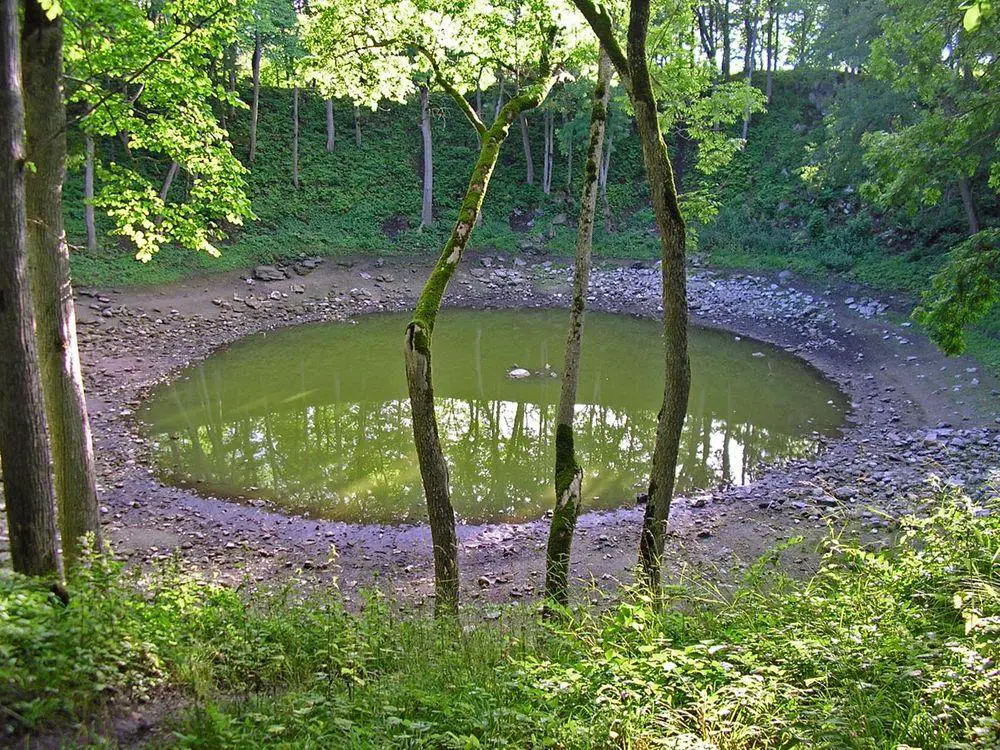
08
Aouelloul crater
 44.8%
44.8%
Mauritania, Adrar
Age: ˜ 3.1 million years
Diameter: 390 m
Visible depth: 53 m
More than 3 million years ago the desert near present-day Atar was hit by some 20 m large meteorite and Aouelloul crater formed. Today this is one of the best-preserved meteorite craters on Earth.
09
Roter Kamm crater
 42.3%
42.3%
Namibia, Karas region
Age: ˜ 4 – 5 million years
Diameter: 2 500 m
Visible depth: 130 m
The Roter Kamm crater (from German – “red ridge” crater) in the desolate sands of the Namib Desert was created by a meteorite some 5 million years ago.
10
Tenoumer crater
 42.3%
42.3%
Mauritania, Tiris Zemmour
Age: ˜ 21 400 years
Diameter: 1 900 m
Visible depth: 110 m
One of the best preserved meteorite craters on Earth is Tenoumer crater in Mauritania. This 1.9 km wide and up to 110 m deep crater is almost perfectly circular and was created by a meteorite in the Pleistocene, approximately 21,400 ± 9,700 years ago.
 Recommended books
Recommended books
Meteorites & Meteorite Impact Craters Around the World
Meteorite Craters Around the World – throughout Earth’s history, meteorites have pummeled the planet’s surface. These collisions have caused mass extinctions and even climate change on a global scale.
Meteorite Craters and Impact Structures of the Earth
During its five-billion-year history, Earth has been hit countless times by asteroids and meteorites. Over 150 crater-producing events have been identified, and this 1994 book describes all 139 sites worldwide at which evidence of the impacts can be seen. They range in age from recent craters formed this century to the highly eroded billion-year-old ancient craters. Some are spectacular to visit, such as the Barringer Crater in Arizona, the ring-shaped mountains of Gosses Bluff, Australia, and the huge crater at Ries in Germany.

